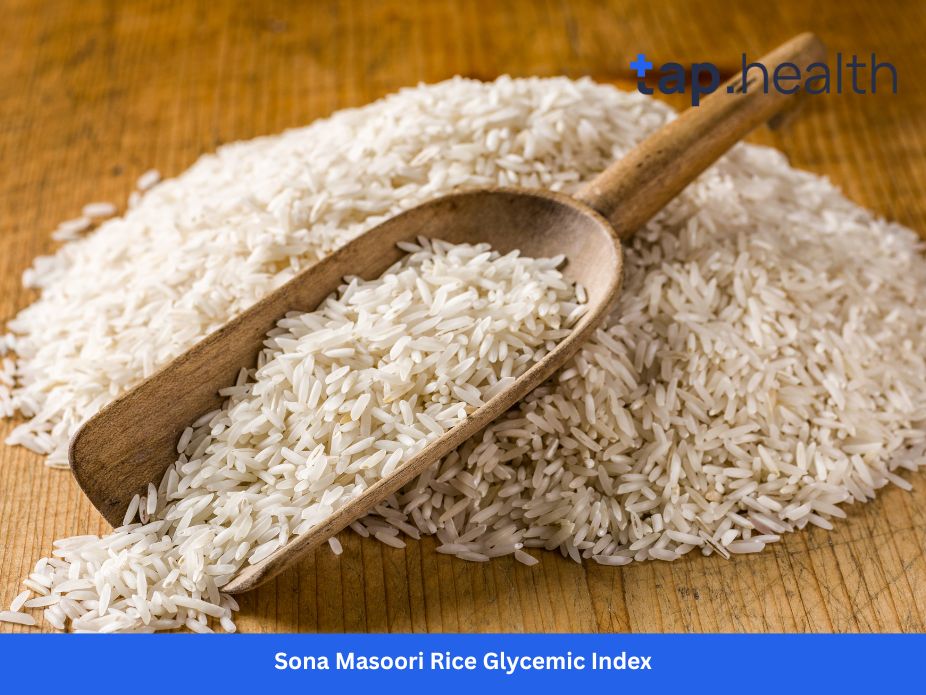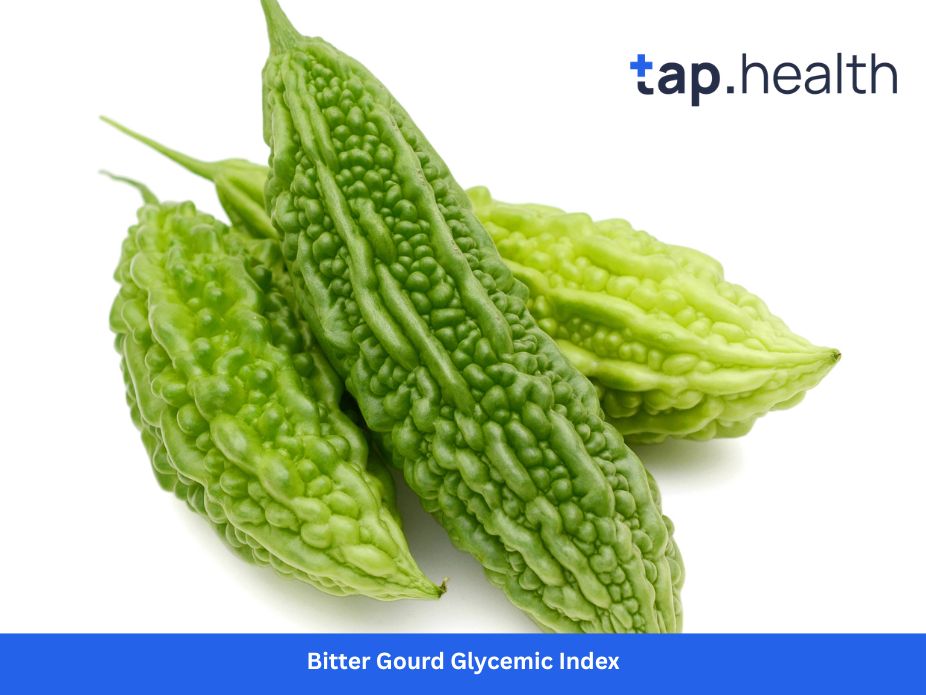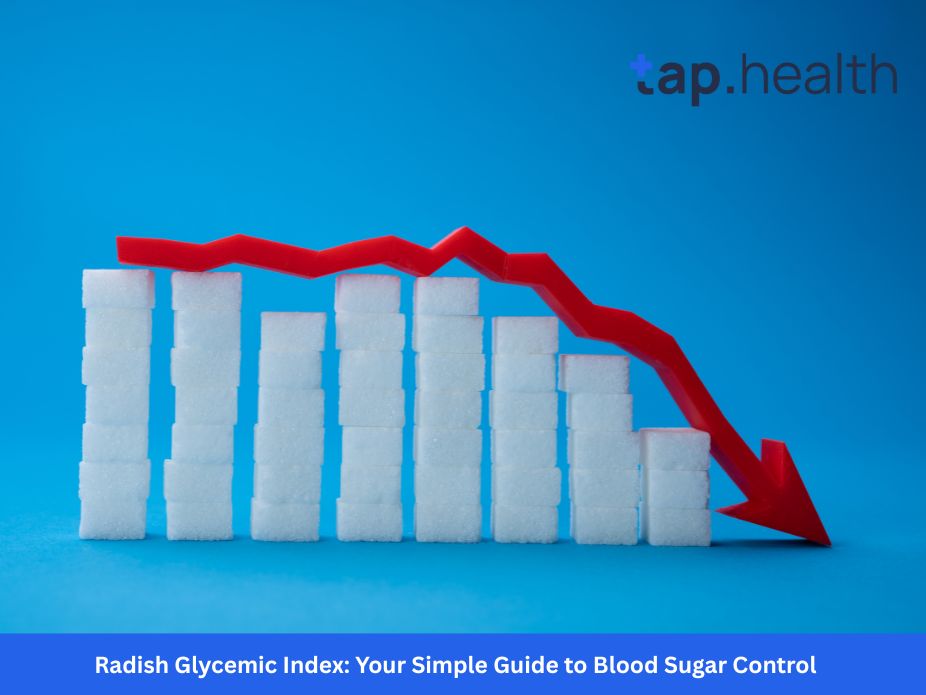If you are from South India, Sona Masoori isn’t just an ingredient; it is a way of life. It is that fluffy, lightweight, aromatic rice that pairs perfectly with Sambar, Rasam, or a spicy chicken curry. We often hear that Sona Masoori is “lighter” than other rice varieties, which makes many of us believe it is healthier. But if you have diabetes or are trying to lose weight, there is one big question you need to answer: What is the Glycemic Index of Sona Masoori rice?
There is a lot of confusion out there. Some websites say it is low GI, while doctors often tell diabetics to avoid white rice completely. Who is telling the truth?
In this guide, we will break down the science in simple English. We will look at the real numbers, compare Sona Masoori to Basmati and Brown rice, and teach you how to eat your favorite rice without ruining your health.
What is Glycemic Index (GI) and Why Should You Care?
Before we talk about Sona Masoori, let’s quickly understand the Glycemic Index (GI).
Think of your body like a car and food like fuel.
- High GI Foods (70 to 100): These are like “Jet Fuel.” They burn up instantly. When you eat them, your blood sugar shoots up very fast (a spike) and then crashes down. This is bad for diabetes and makes you hungry again quickly.
- Low GI Foods (0 to 55): These are like “Diesel.” They burn slowly and steadily. They give you energy for a long time and keep your blood sugar stable.
For a diabetic or anyone watching their weight, the goal is to eat “Diesel” foods (Low GI) and avoid “Jet Fuel” (High GI).
The Big Reveal: What is the GI of Sona Masoori Rice?
Here is where it gets tricky. The GI of rice depends on how “polished” it is.
1. Polished White Sona Masoori (The Regular Kind)
This is the bright white, silky rice most of us buy in 25kg bags.
- Glycemic Index: High (Approx. 72)
- Verdict: According to scientific studies, regular polished Sona Masoori has a GI of around 72. This puts it in the High GI category. Because the bran (fiber layer) is removed, your body turns this rice into sugar very quickly. It is not the best friend for a diabetic if eaten plain.1
2. Unpolished or Brown Sona Masoori
This is the version where the outer bran layer is left intact.
- Glycemic Index: Medium to Low (Approx. 55-60)
- Verdict: The fiber in the bran acts like a speed breaker. It slows down digestion. If you can switch to Brown Sona Masoori, you are making a much safer choice.
3. The “Low GI” Sona Masoori (Telangana Sona)
Recently, you might have seen bags of rice labeled “Low GI Sona Masoori.” This is actually a special variety called RNR 15048 (also known as Telangana Sona).
- Glycemic Index: Low (~51)
- Verdict: This is a scientific breakthrough. It looks and tastes like Sona Masoori but has a naturally lower GI. If you see a package claiming “Low GI Sona Masoori,” check if it mentions RNR 15048 on the back.
Sona Masoori vs. Basmati vs. Ponni: Which is Better?
We often think “Lightweight” rice is better, but in the world of diabetes, “Heavy” (hard to digest) is actually good! Let’s compare Sona Masoori with other popular Indian varieties.
| Rice Variety | Texture | Est. Glycemic Index (GI) | Safe for Diabetics? |
| Sona Masoori (White) | Soft, Fluffy | 72 (High) | ⚠️ No (Eat in moderation) |
| Ponni (Raw) | Soft, Sticky | 70 (High) | ⚠️ No |
| Basmati (White) | Long, Separate | 50-58 (Medium) | ✅ Better Choice |
| Brown Rice | Chewy | 50 (Low) | ✅ Best Choice |
| Parboiled Rice | Firm | 55-60 (Medium) | ✅ Good Choice |
| Telangana Sona | Soft | 51 (Low) | ✅ Excellent Choice |
The Winner?
Surprisingly, Basmati rice (even white) often has a lower GI than Sona Masoori. This is because Basmati contains a type of starch called amylose that doesn’t gelatinize (become mushy) easily. Sona Masoori has less amylose, so it gets soft and digests fast—spiking your sugar.2
Is Sona Masoori Good for Weight Loss?
Many people switch from thick rice to Sona Masoori thinking it will help them lose weight because it feels “light.”
The Reality:
Calories are calories.
- 100g of Sona Masoori has about 340-350 calories and 78g of carbs.
- This is almost the same as any other white rice.
The problem is the “Hunger Trap.” Because White Sona Masoori has a high GI, it digests in 30-45 minutes. An hour after lunch, you might feel hungry again and look for a snack. This snacking leads to weight gain.
- Better Option: Brown Sona Masoori or Parboiled rice keeps you full for 3-4 hours, helping you eat less overall.
3 Kitchen Hacks to Lower the GI of Sona Masoori
If you cannot live without your white Sona Masoori (we get it, it tastes amazing!), don’t worry. You don’t have to quit it. You just need to cook it differently.
Hack #1: The “Cooling” Trick (Scientific Magic!)
This is the easiest way to fix your rice.
- Cook your Sona Masoori rice as usual.
- Put it in the fridge for 12 to 24 hours.
- Reheat it before eating.Why it works: When cooked rice cools down, the starch inside changes structure. It becomes Resistant Starch. Your body cannot turn resistant starch into sugar easily. This simple step can lower the blood sugar spike significantly!4
Hack #2: Add Healthy Fat
When cooking rice, add 1 teaspoon of Ghee or Coconut Oil to the boiling water.
Why it works: The fat coats the rice grains and binds to the starch. This barrier makes it harder for digestive enzymes to break down the rice, slowing down the sugar release.6
Hack #3: The “Plate Method” (Pairing)
Never eat Sona Masoori alone.
- Wrong Way: A huge pile of rice with a little bit of watery dal.
- Right Way: Fill half your plate with vegetables (Poriyal, Sabzi, Salad). Fill one quarter with thick Dal or Chicken/Fish. Fill the last quarter with Sona Masoori.Why it works: The fiber from veggies and protein from dal slows down the digestion of the rice.
Common Myths About Sona Masoori Rice
There is a lot of fake news on WhatsApp and the internet. Let’s bust some myths.
Myth 1: “Sona Masoori is Sugar-Free.”
Fact: No rice is sugar-free. Rice is mostly starch, and starch is just chains of sugar molecules. Your body will turn it into glucose. Sona Masoori is high in carbs, just like other rice.
Myth 2: “It is lighter, so it has no starch.”
Fact: “Light” refers to the texture, not the starch content. Sona Masoori is packed with starch. In fact, because it is polished, it is almost pure starch with very little fiber left.
Myth 3: “Washing rice removes all the starch.”
Fact: Washing removes the surface dust (loose starch), which stops the rice from sticking. But 90% of the starch is inside the grain. Washing helps a little, but it doesn’t turn high GI rice into low GI rice.4
Should Diabetics Eat Sona Masoori? The Final Verdict
Yes, but be careful.
You do not have to banish Sona Masoori from your kitchen, but you cannot treat it like a free-for-all.
- Switch Variety: Try to buy Telangana Sona (RNR 15048) if available. It tastes the same but is much safer.
- Change Form: Buy Brown or Parboiled Sona Masoori instead of the shiny white raw version.
- Control Portion: Stick to 1 small cup of cooked rice per meal.
- Use the Fridge Hack: Cook it the night before to increase resistant starch.
Frequently Asked Questions (FAQ) on Sona Masoori Rice Glycemic Index
Q1: What is the exact glycemic index of Sona Masoori rice?
Answer: Regular polished white Sona Masoori has a High GI of 72. However, unpolished (brown) versions or the specific RNR 15048 variety can have a lower GI between 51 and 55.
Q2: Is Basmati rice better than Sona Masoori for diabetes?
Answer: Generally, yes. Basmati rice (especially brown or parboiled) has a lower GI (50-58) compared to white Sona Masoori. The starch in Basmati digests slower, causing smaller blood sugar spikes.3
Q3: Is Sona Masoori rice good for weight loss?
Answer: Not particularly. White Sona Masoori is high in refined carbs and low in fiber, which can make you hungry quickly. For weight loss, Brown Sona Masoori or Parboiled rice is better because the fiber keeps you full for longer.8
Q4: What is “Telangana Sona” rice?
Answer: Telangana Sona (RNR 15048) is a newer rice variety developed by scientists. It is designed to look and taste like Sona Masoori but has a naturally low Glycemic Index (~51), making it very good for diabetics.
Q5: Does pressure cooking increase the GI of Sona Masoori?
Answer: Yes, slightly. Pressure cooking forces water into the rice grain, making it very soft and easy to digest (which raises GI). The traditional method of boiling in an open pot and draining the excess water (removing the kanji) is better for lowering the starch load.4
Q6: Can I eat Sona Masoori at night?
Answer: It is better to avoid high-carb foods like white rice at night because your body is less active and doesn’t need the quick energy. If you must eat it, keep the portion small and eat it with plenty of vegetables and protein.
Conclusion
Sona Masoori is a delicious part of our culture, but we must respect its power. As polished white rice, it is a high-energy food that can spike blood sugar. By understanding its Glycemic Index, choosing smarter varieties like RNR 15048, or simply adding a lot of veggies to your plate, you can continue to enjoy your Anna (rice) without compromising your health. Eat smart, stay healthy!



